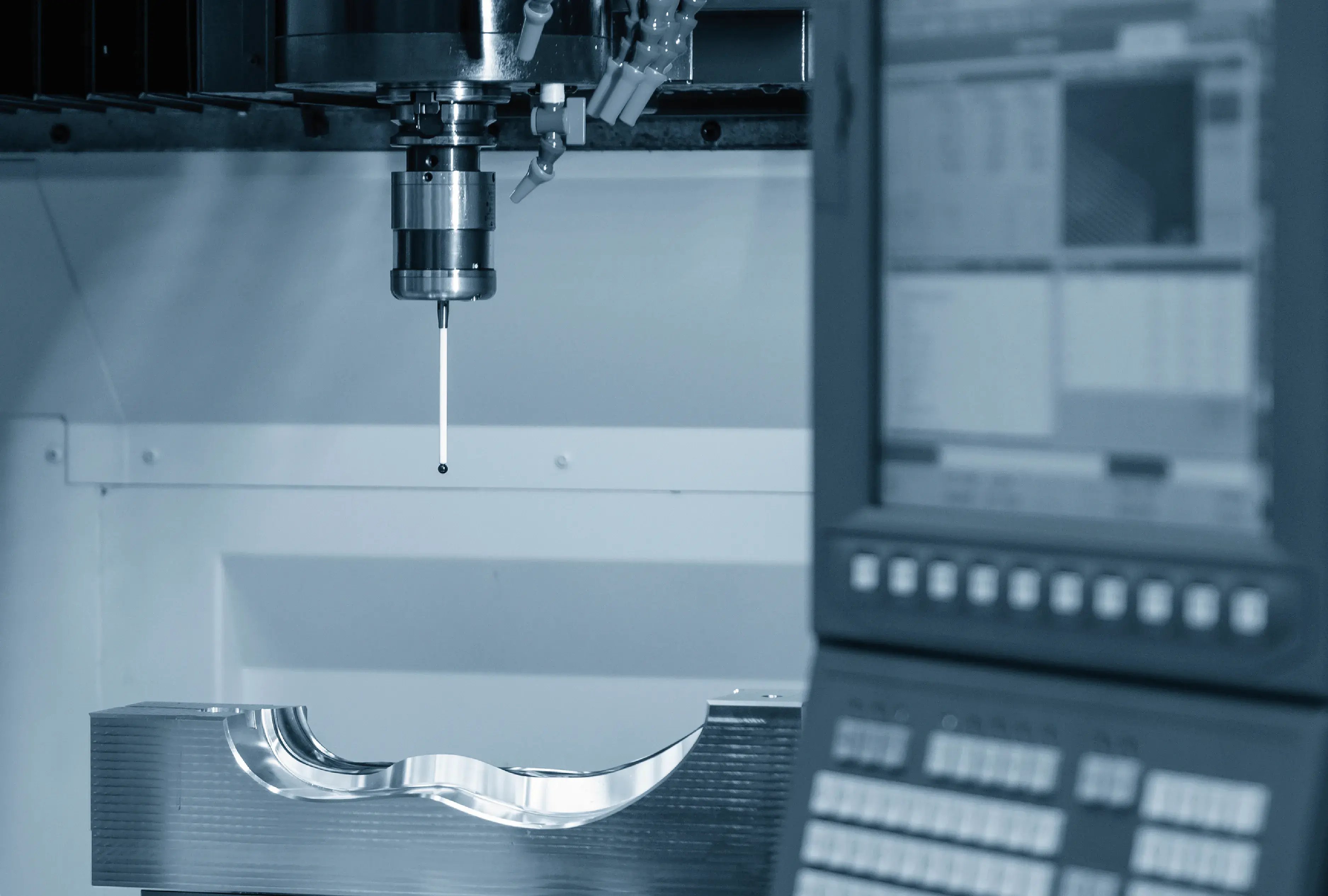
Manufacturing today is more advanced and precise than ever. Every industry—from automotive to aerospace—demands accuracy, consistency, and efficiency. Even a small misalignment during part setup can lead to wasted time, material loss, and higher production costs. To solve this, many companies are turning to Best Fit Alignment, a technology that’s redefining precision in automated manufacturing.
What Is Best Fit Alignment?
Best Fit Alignment is a process used to optimize how parts are positioned and aligned during setup or inspection. Instead of relying on manual measurements or fixed reference points, it uses advanced algorithms and 3D scanning to automatically determine the best possible alignment between a physical part and its digital model.
This innovation ensures that parts fit perfectly—every single time. It eliminates human error, reduces setup time, and allows for seamless production even in complex assembly lines.
How It Works
The system captures data from multiple points on the component using sensors or scanners. It then compares this real-world data with the CAD model to find the most accurate alignment possible. This process allows machines to adjust automatically, ensuring that even slightly distorted or irregular parts are positioned correctly for machining, welding, or quality inspection.
By using Best Fit Alignment solutions, manufacturers achieve higher efficiency without sacrificing precision.
Key Benefits for Manufacturers
- Increased Accuracy: Reduces alignment errors by using real-time data analysis.
- Faster Setup: Automated processes save hours of manual alignment work.
- Reduced Waste: Improperly aligned parts often lead to scrapped materials—this technology prevents that.
- Improved Consistency: Every part meets the same high-quality standard, regardless of operator skill.
- Lower Costs: Less downtime and rework mean better profitability.
Applications Across Industries
Best Fit Alignment technology is being widely adopted across sectors that demand extreme accuracy. In automotive manufacturing, it ensures panels and frames are perfectly aligned. In aerospace, it helps maintain tolerances within microns, improving both safety and performance. Even in energy and electronics, precise part alignment is critical for operational reliability.
This adaptability makes the technology essential for manufacturers looking to modernize and automate their production systems.
The Future of Precision Manufacturing
As Industry 4.0 continues to evolve, technologies like Best Fit Alignment will play a central role in smart factories. Combining this with AI and robotics opens doors for fully automated production lines that self-adjust in real time—minimizing human involvement and maximizing productivity.
Final Thoughts
Precision is no longer a luxury in modern manufacturing—it’s a necessity. Best Fit Alignment technology helps manufacturers meet this demand by ensuring perfect accuracy, faster setup, and consistent quality.
For companies aiming to stay competitive, adopting automated alignment systems isn’t just an upgrade—it’s the next step toward a smarter, more efficient future.
